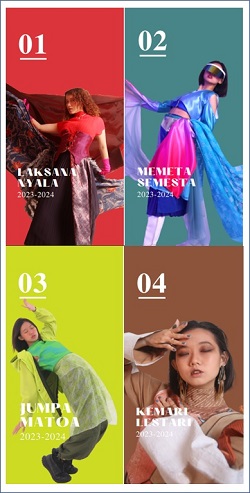Entering the third quarter of 2021, the utilization of the textile and textile products (TPT) industry is getting better. Secretary General of the Indonesian Filament Yarn and Fiber Association (APSyFI) Redma Gita Wirawasta said industrial utilization was at 65 percent at the beginning of the third quarter of 2021.
He estimates that utilization throughout the quarter can be hoisted up to 70 percent. Redma also hopes for the application of garment safeguards for performance growth in the rest of this year.
"If the local market can be given priority to local products, I think utilization can increase to 80 percent, growth can also be positive in the third quarter," he said.
The protection of the local market from imports is also a consequence of the weak export performance affected by the scarcity of containers and soaring global shipping costs. According to him, there is always demand for exports, but now there are shipping constraints.
"The export demand is pretty good, but the containers and shipping costs are the problem," he said.
He also said recovery next year is still uncertain and will depend heavily on the conditions of the pandemic. If the pandemic is under control, container scarcity loosens, and shipping costs decrease, the textile industry's performance could be boosted.
Redma also welcomed the incentives launched by the Ministry of Industry in the form of equipment restructuring in the fabric refinement and printing industry. According to him, these incentives, coupled with the protection of the domestic market, can support positive growth.
The incentive is in the form of replacement or reimbursement of price discounts of 10 percent of the total investment in imported machines, or 25 percent for domestically produced equipment. The available budget allocation in 2021 is IDR 3 billion with a minimum target of six companies. The company's target will be increased if the budget increases.
"This [incentive] will be very helpful, especially for local demand. Because there are bottlenecks, especially in dye and finishing, which capacity has to be broken down," he said.
The machine restructuring program targets the fabric printing industry, which is the weakest part of the textile industry structure, while strengthening production capacity to achieve the 35 percent import substitution target by 2022.







